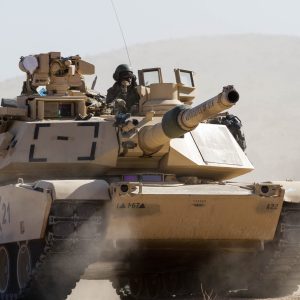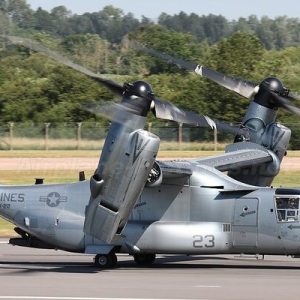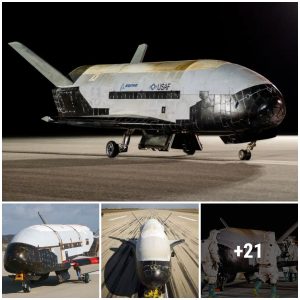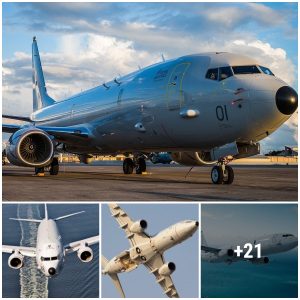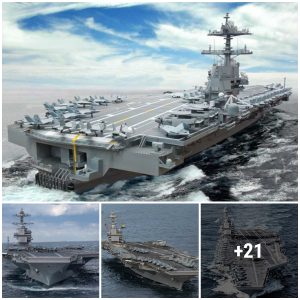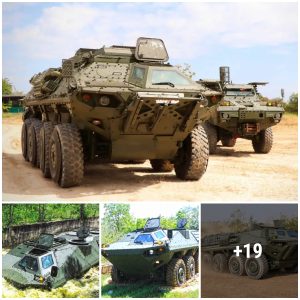Based on the B-66, a light bomber built in the 1950s, the United States Air Force developed an EB-66B electronic countermeasure (ECM) version.
The historical imprint of air combat during the Vietnam War is certainly centered on B-52 heavy raids or tactical strikes in the Hanoi area. Confronting them were MiG fighters and dense North Vietnamese air defense systems. However, behind all this was the ‘electronic warfare’. Based on the B-66, a light bomber built in the 1950s, the United States Air Force developed an EB-66B electronic countermeasure (ECM) version, which played a forward role in the Cold War between the United States and the Soviet Union during the early 1960s. These aircraft would subsequently see combat service during the Vietnam War.

The B-66 was a continuation of the A-3 Skywarrior series, designed with a long, slab-sided fuselage with a stepped cockpit flightdeck. Wings were high-mounted along the fuselage roof and swept rearwards, each with an underslung engine nacelle. Power was served through 2 x Allison J71-A-11 turbojet engines, developing 45 kN thrust each. Performing its maiden flight on 28 June 1954, the aircraft was introduced to USAF service during 1956.
The EB-66Bs and EB-66Es came into being in the spring of 1966, when the prefix E was assigned to all versions of the B-66s intended for electronic warfare. In 1968, confronted by increasingly sophisticated enemy defenses, the Air Force began using all EB-66s in the jamming role. This pinpointed the need for further improvements, such as steerable antennas and modification of the aircraft’s new communication jammer.

F-104C Starfighters were initially provided as escorts for the EB-66s, and their MiG-killing potential was appreciated. However, their endurance was inadequate and they were soon replaced by F-4 Phantom IIs. Destroyer escort was never a popular mission due to the cruising speed differential between the aircraft. F-4 pilots always had to weave slowly behind the ECM aircraft, putting them at a disadvantage against a MiG-21 climbing or diving at supersonic speed into their rear quarter.
To deal with the North Vietnamese SAM-2, the US mobilized EB-66 electronic warfare aircraft. This aircraft was responsible for jamming the warning radar system, the fire control radar of the SAM-2 complex. In the jammed environment, radar was difficult to detect, identify and guide missiles. 5 minutes before each air raid, EB-66 actively broadcasts suppression, creating electronic armor to cover groups of combat aircraft to attack targets.
The EB-66C was a specialized electronic reconnaissance and electronic countermeasures (ECM) aircraft. It was operated by an expanded crew of seven, which included the additional electronics warfare specialists. These aircraft were outfitted with distinctive wingtip pods that accommodated various receiver antennas, which were also present upon a belly-mounted blister.
Unarmed EB-66B, EB-66C and EB-66E aircraft flew numerous missions during the Vietnam War. They helped gather electronic intelligence about North Vietnamese defenses, and provided protection for bombing missions of the Republic F-105 Thunderchiefs by jamming North Vietnamese radar systems. Early on, B-66s flew oval “racetrack” patterns over North Vietnam, but after one B-66 was shot down by a MiG, the vulnerable flights were ordered to fly just outside North Vietnamese air space.
By 1975, the last EB-66C/E aircraft had been withdrawn from USAF service. Most aircraft were scrapped in place, others were temporarily stored while awaiting eventual scrapping.
